One of the biggest criticisms of current "flying cars" that car enthusiasts make is that they are not actually like cars in any way.
And that is a very valid criticism, after all, we were promised things like George Jetson's car or Luke Skywalker's Landspeeder and all we have seen so far are weird planes with four wheels and folding wings, horrifyingly flimsy-looking microlight-like things and oversized drones.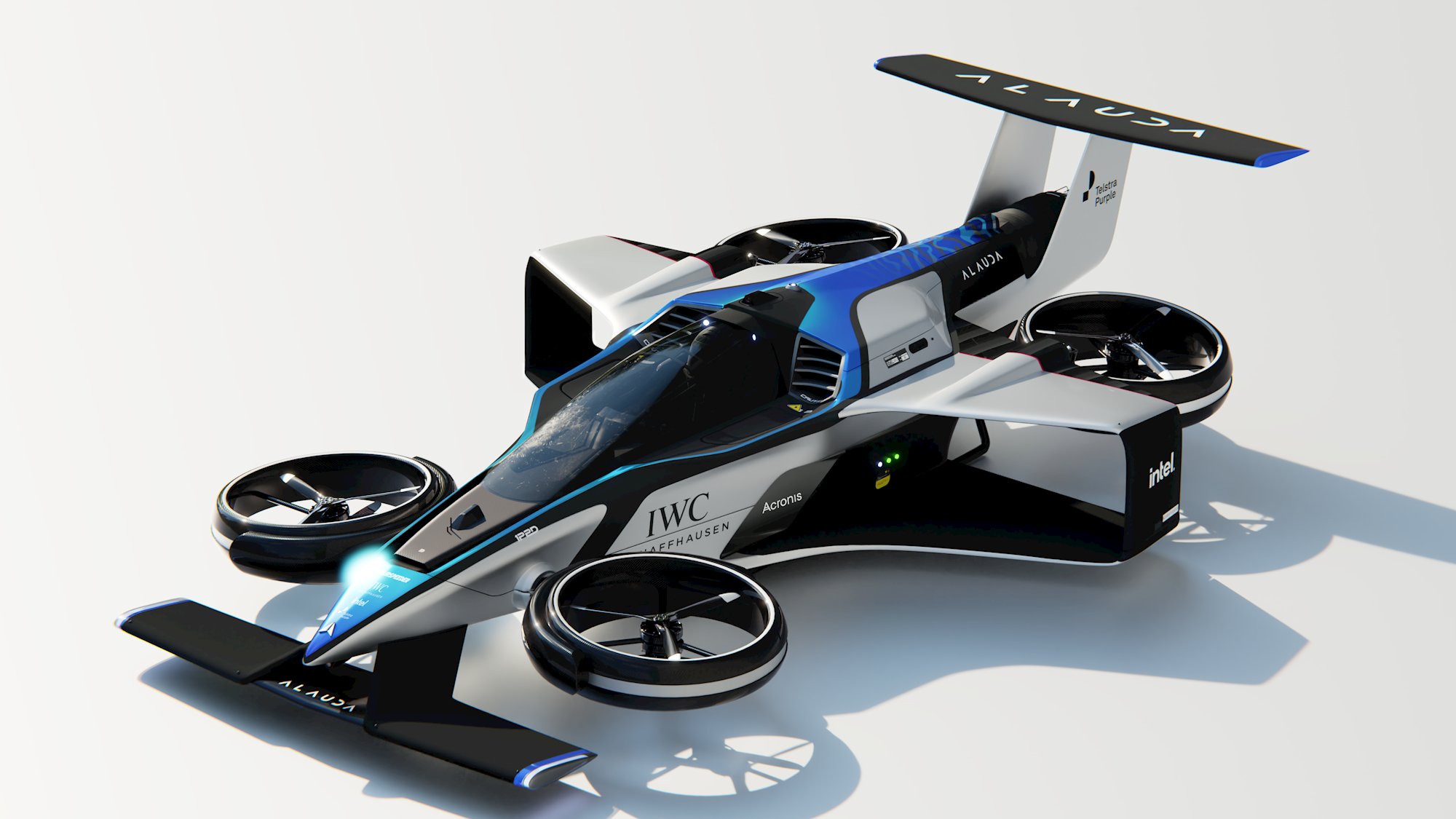
However, that started to change when Australian company Alauda Aeronautics unveiled its concept of flying racing cars, which have evolved from the admittedly very drone-like Mk1 through to the Mk3, which actually looked a bit like a 1960s-style F1 car, except it was still only controlled remotely by a pilot on the ground.
But now Alauda has revealed the Mk4 and it changes things quite a bit - the Airspeeder Mk4 is the first crewed version of its flying racing car and looks pretty much like a modern Formula One car with rotors instead of wheels.
Alauda says the Airspeeder Mk4 is the world's fastest electric vertical take-off and landing (eVTOL) aircraft, with a top speed of 360km/h thanks to its awesomely-named Thunderstrike Hydrogen Turbogenerator, which gives it a range of up to 300km while producing near-zero emissions.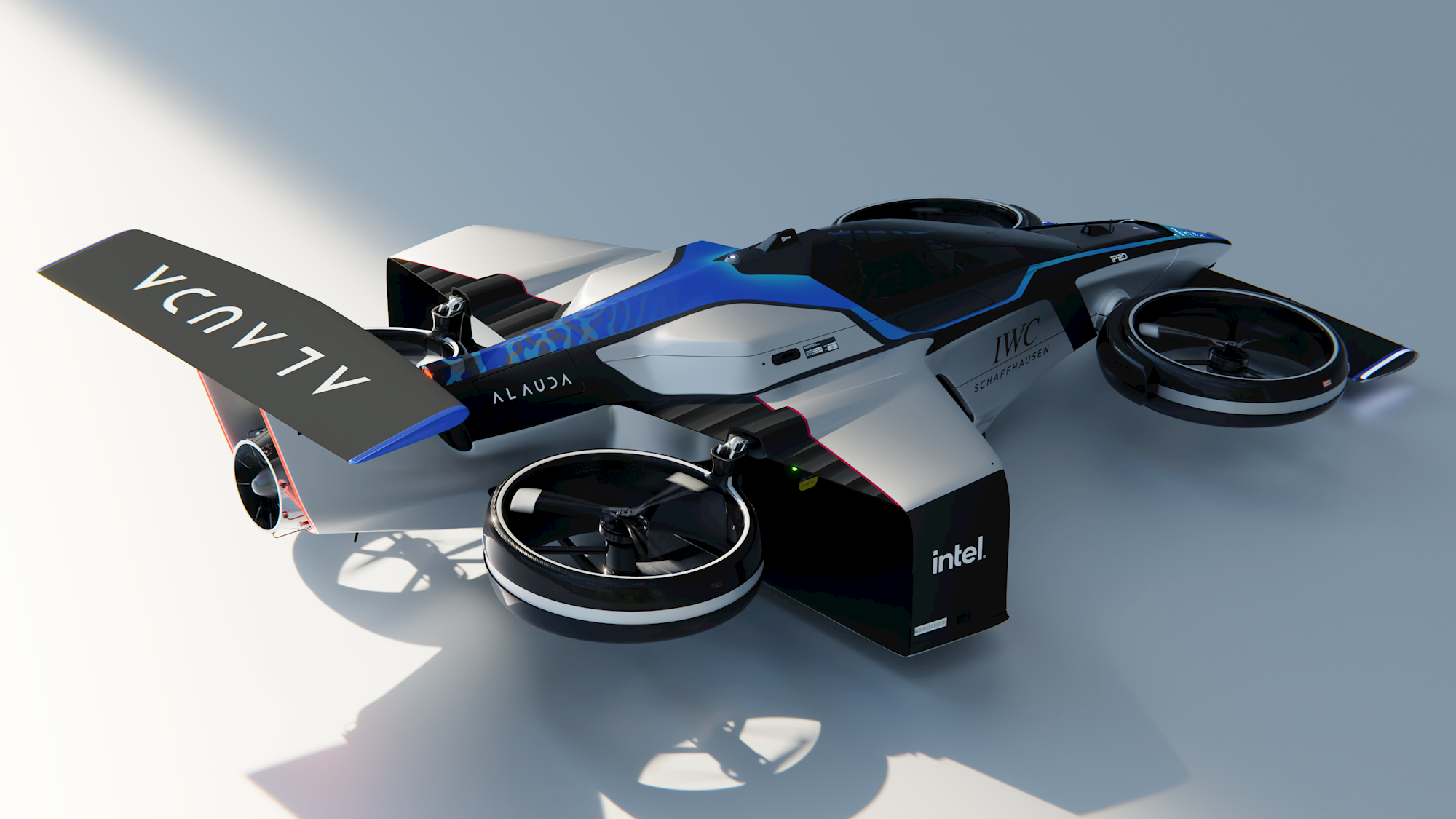
Designed and built in Adelaide, South Australia, the Airspeeder Mk4 is capable of reaching its top speed in just 30 seconds from a standing start and is a development of the remotely-piloted Mk3, which has successfully completed more than 350 test flights and took part in two Airspeeder demonstration races in South Australia in 2022.
The turbogenerator that feeds power to the batteries and motors produces 1000kW and is specifically designed for use in eVTOLs. Fuelled by green hydrogen, the engine incorporates a unique combustor made using 3D printing techniques developed in the space industry for rocket engines. The combustor’s design keeps the hydrogen flame temperature relatively low, greatly reducing nitrous oxide emissions.
While previous versions of the Airspeeder have been all-electric, Alauda says it went with hydrogen for the Mk4 because it is "an ideal fuel for future aviation, and specifically personal urban air travel."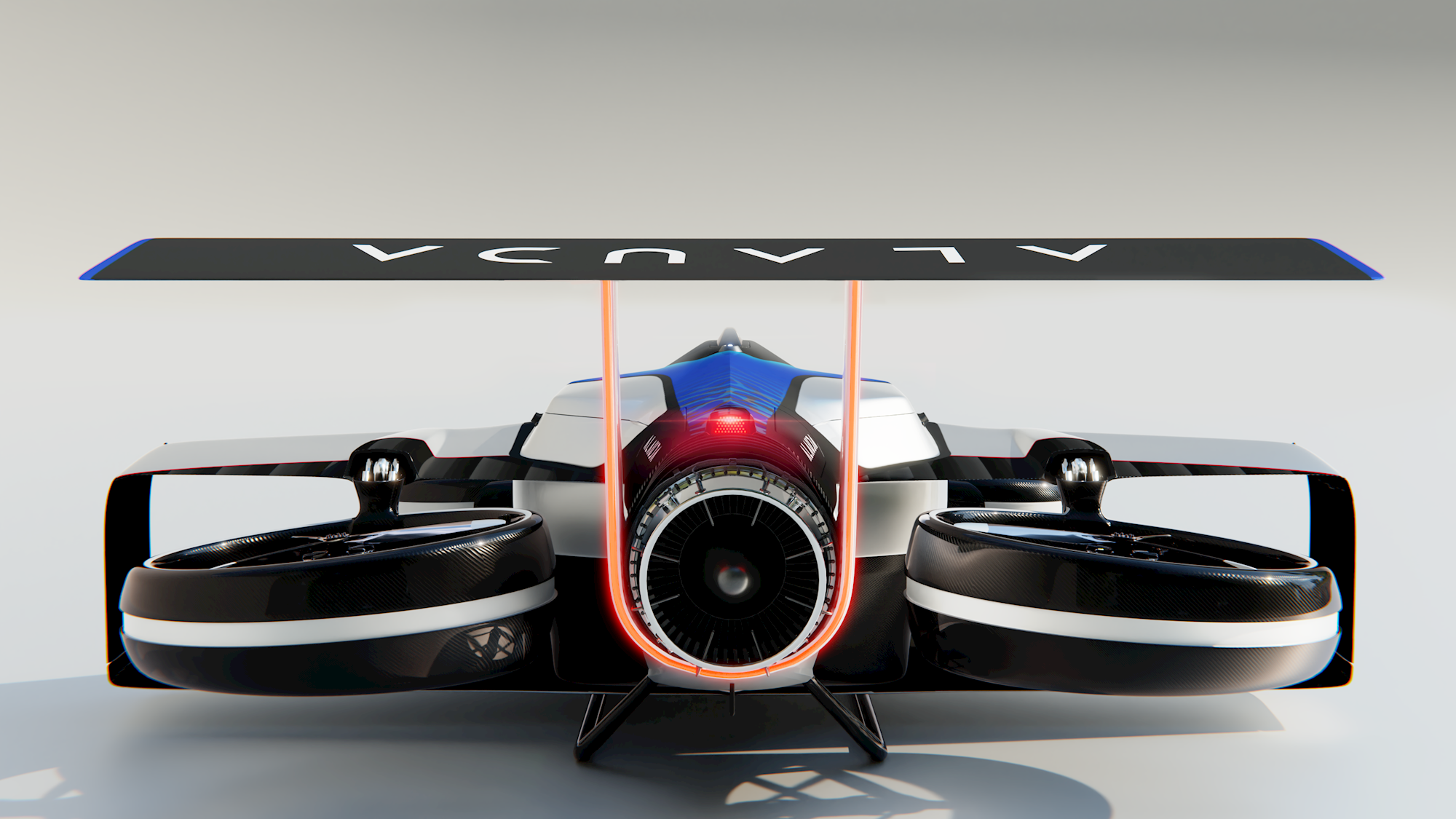
Hydrogen has a high energy density and can be stored in a lightweight, compact form, making it suitable for small aircraft like the Mk4, while it is also non-toxic and because the gas is lighter than air, it will simply rise and disperse into the atmosphere in the event of a leak, reducing the risk of fire or explosion. Which is important in a racing series...
While most eVTOLs steer using tilt-rotors - which are simply positioned vertically for take-off and landing and horizontally while cruising - the Airspeeder Mk4 manoeuvres using a unique "gimballed thrust system".
An AI flight controller individually adjusts four rotor pairs mounted on lightweight 3D printed gimbals, which Alauda says makes the Mk4 not only fast in a straight line, but also able to manoeuvre with the incredible precision essential in close-action racing.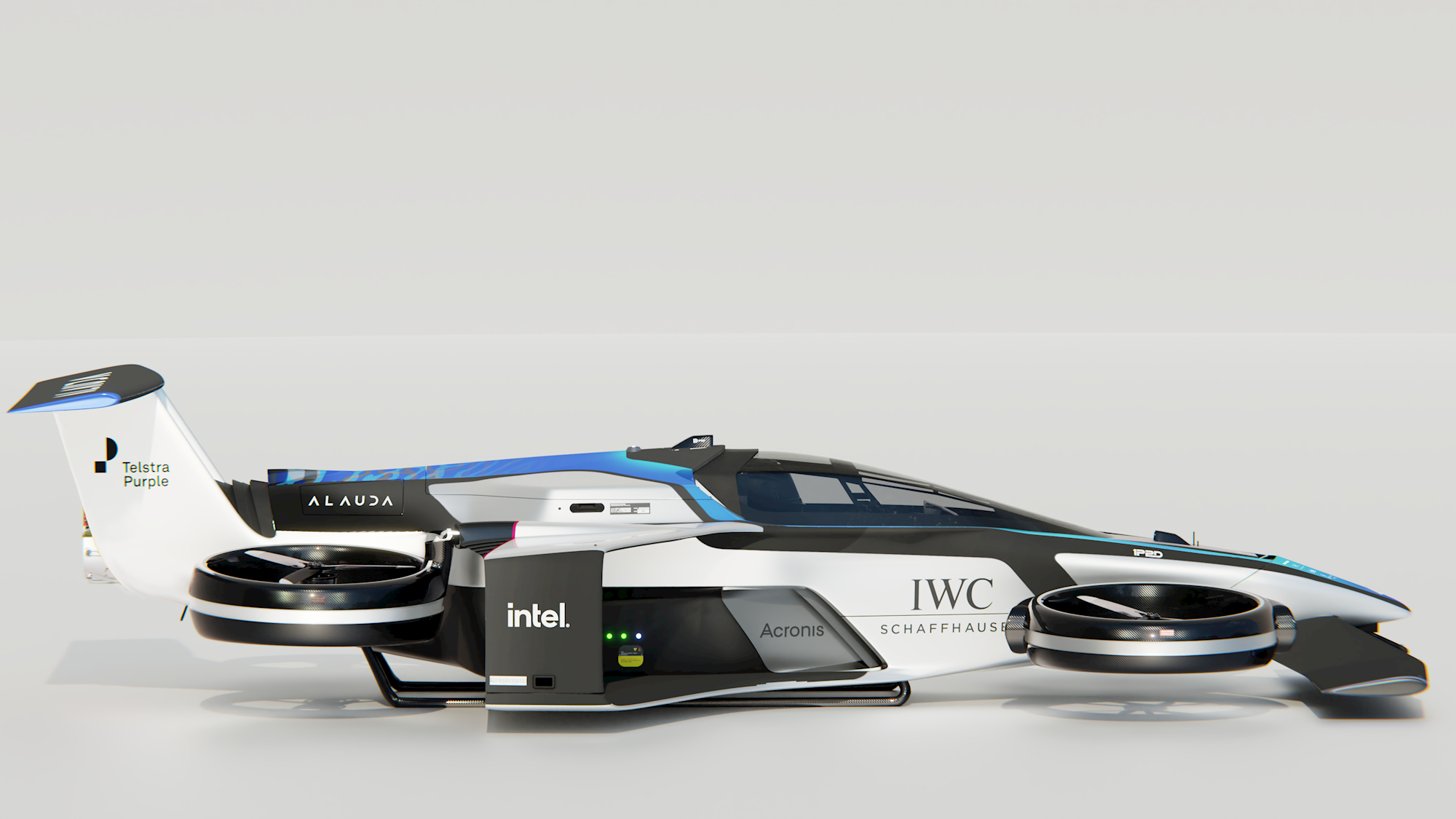
Alauda Aerospace plans to begin flight testing the Mk4 chassis and powertrain, including the first crewed flights of the airframe, in the first quarter of this year, with the aim of it being ready to take the start line at the Airspeeder Racing Championship in 2024.
Beyond that, Alauda Aeronautics says it is looking to a world where private flying cars are a daily reality, and a viable means of urban transport. Its team of engineers and designers, drawn from companies including Airbus, Boeing, Ferrari, MagniX and McLaren, are confident its technologies could make air travel faster, more efficient, more environmentally friendly and more accessible than ever before.
“You will see these technologies on the racetrack. However, eVTOLs are already a trillion-dollar industry and we see a very substantial market for private flying cars emerging in the near future," says Matt Pearson, CEO of Alauda Aeronautics.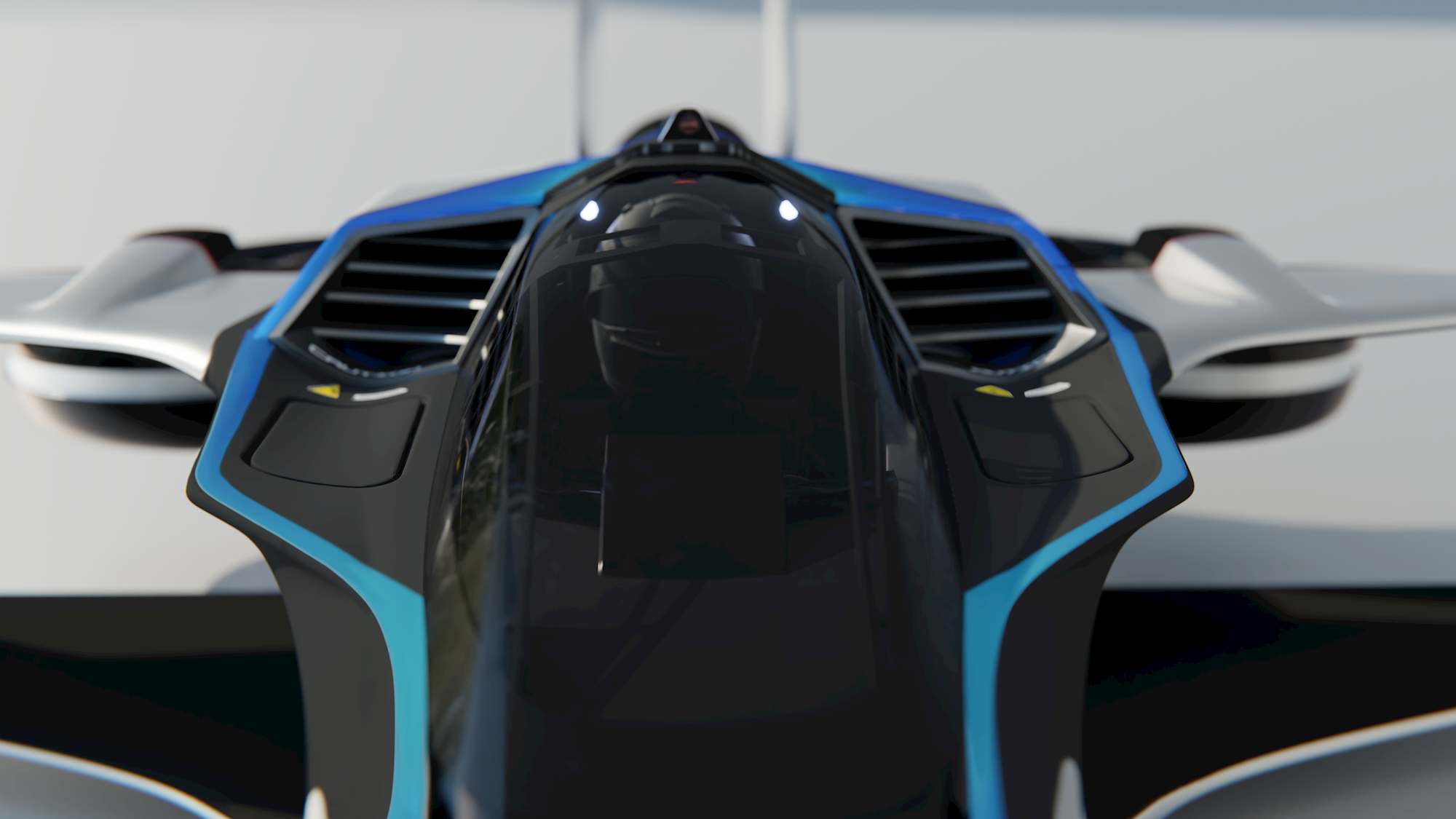
"In conventional aerospace, there are about as many private jets as there are commercial jets in operation. We believe it could be the same with flying cars one day, with a roughly similar number of commercial taxis and private cars initially.
"Once we can sell you a flying car for the same price as a Tesla, you’ll quickly see the balance shift. Today, private cars outnumber taxis by about 300 to one, so the potential for people to own and drive their own flying car one day is absolutely enormous. It’s a very exciting time.”
And while that may sound quite fanciful, if they all look like the Airspeeder Mk4, then we are sold on the idea.












